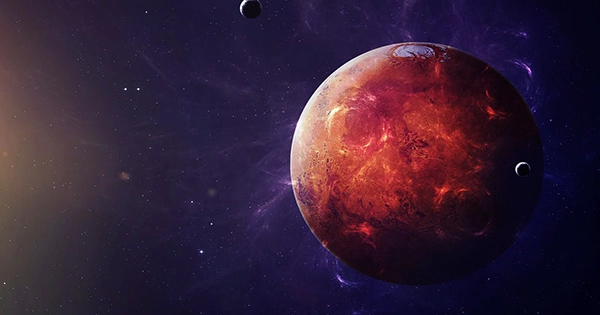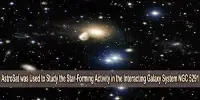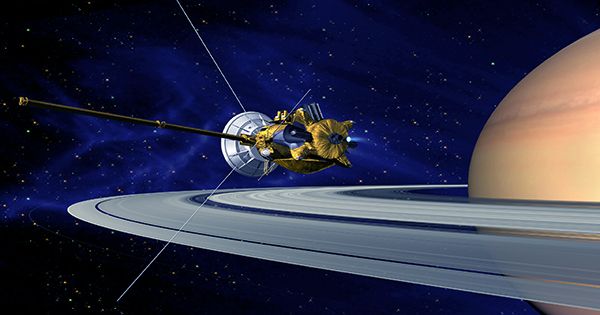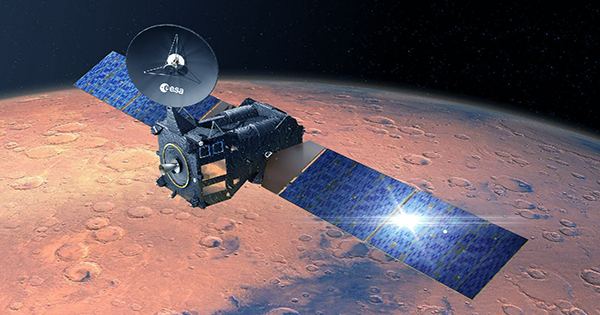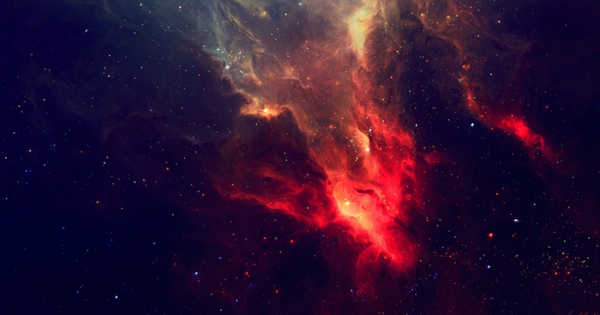The whirling blades of helicopters on Mars could be enough to cause St Elmo’s fire, a plasma discharge that occurs frequently around ships and planes during electromagnetic storms. According to NASA experts, this could be significant enough to cause a Martian helicopter’s blades to light at dusk. Although NASA’s Ingenuity has only been on Mars for ten months, its incredible success has given scientists and engineer’s lots to think about in the future.
The tiny ‘copter that could has paved the way for autonomous flying vehicles to investigate other planets in the Solar System, as well as piqued public interest in what it’s like for a helicopter to fly in Mars’ thin and dusty atmosphere. Researchers looked into the possibility of triboelectric charging on the blades of a helicopter on Mars in a report published in Planetary Science Journal. In concept, the procedure is analogous to creating static electricity by rubbing a balloon against a wool sweater, which is a matter of friction.

On Mars, the blades may collide with small dust grains, causing an electric charge to be transferred to the blade. As this builds up, it might create a current, which would then force free electrons across the atmosphere, causing them to collide with carbon dioxide molecules, which are the main constituent of the Martian atmosphere. As a result, more electrons are produced, magnifying the currents. The currents aren’t strong enough to kill a drone on Mars with its rotor spinning, but they could trigger an “electron avalanche,” causing the air around the object to glow a blue-purple color.
But, unfortunately, we won’t find out with Ingenuity if this is achievable. “The dim glow would be best noticeable during twilight hours when the background sky is darker,” NASA’s Goddard Space Flight Center lead author William Farrell stated in a statement. “The NASA Ingenuity chopper does not fly during this time, but future drones may be cleared for evening flight and look for this glow.”
“The electric currents generated by drones’ fast-rotating blades are too small to pose a harm to the craft or the Martian environment, but they do provide an opportunity to undertake some further science to better our understanding of a phenomenon known as ‘triboelectric charging.'” The researchers anticipate that this impact may be observed with future helicopters, and that, if physics allowed, the spinning blades may even illuminate.
“There should be some effect in theory,” Farrell said, “but whether the electron avalanche is strong enough to cause a glow, and if any weak glow is visible during operations will have to be determined in future drone flights on Mars.” “In reality, small electrometers might be placed near the blade and at the legs to track the impact of any charge.” This type of electrical monitor could be useful for research as well as providing important information on drone health during flight.”
